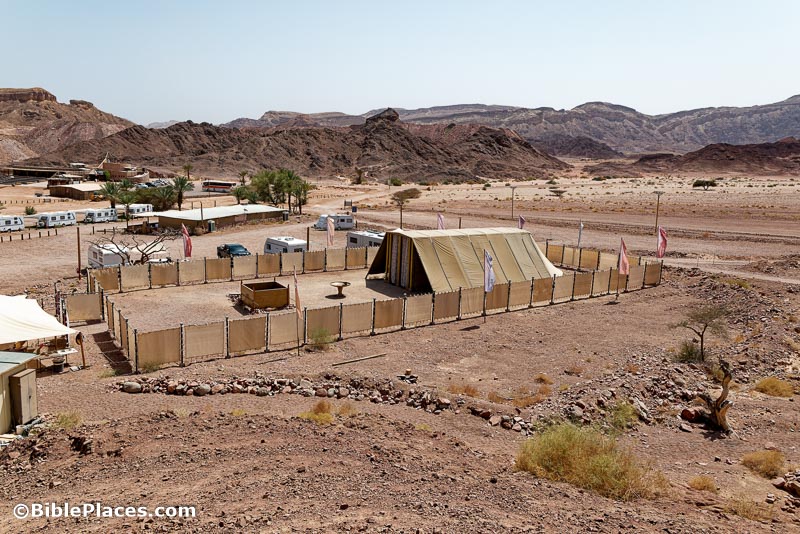Scholars are trying to understand four clay tokens discovered near the Temple Mount and unlike any known elsewhere in the Roman world.
The Hamas War has resulted in damage to many archaeological sites in Gaza, though some treasures have been protected in Switzerland for years.
“Nahal HaShofet, one of central Israel’s most popular outdoor destinations, reopened this week after extensive renovations costing 25 million shekels.”
A new project at Hazor is seeking to understand the transition from the Late Bronze Age to the Early Iron Age based on archaeological discoveries and biblical texts.
After Roman-era mosaics was discovered at Moza (Emmaus/Colonia) near Jerusalem and then removed by the authorities, nearby residents came together to create a replica of one of them to place in the center of their community.
On April 21, 1:00 pm Eastern, “The Megiddo Expedition invites you to a webinar: Megiddo: News from the Iron Age. In this webinar, the Megiddo Expedition Team Members will update you on the latest news from the Iron Age, including the Iron Age Gates, the search for the Iron Age Administrative Building, the time of Josiah, and our secret plans for the 2025 Season.” Register here; a recording will be available here.
The subject of the latest issue of ‘Atiqot is “Wine Production, Trade and Consumption in the Southern Levant.” All articles are posted online.
Available for pre-order: Capernaum: Jews and Christians in the Ancient Village from the Time of Jesus to the Emergence of Islam, by Wally V. Cirafesi (Fortress; Amazon $45; Logos $25).
Edward Lipiński, scholar of Aramaic and Phoenician studies, died last week.
Andy Cook has been in Jerusalem, and he filmed a video of the important excavations on the south side of the Temple Mount.
HT: Agade, Ted Weis, Arne Halbakken, Gordon Dickson, Gordon Franz
